Introducing Eadweard Muybridge
Eadweard Muybridge was born Edward Muggeridge to a merchant family in Kingston upon Thames, England on April 9th 1830. Before his death in 1904, Muybridge would emigrate to America, change his name three times, come close to death and suffer brain damage in a carriage accident. Perhaps most sensationally, he would also be acquitted for the murder of Major Harry Larkyns, his wife's lover, and the true father of his presumed son Floredo Helios Muybridge.
In fact, Muybridge enjoyed a professional life which may even have surpassed his sensational personal biography. He gained fame through adventurous and progressive landscape photography before working as a war and official government photographer; something which took him from the Lava beds of California during the Modoc War to Alaska and Central America.
Furthermore, Muybridge was instrumental in the development of instantaneous photography. To accomplish his famous motion sequence photography, Muybridge even designed his own high speed electronic shutter and electro-timer, to be used alongside a battery of up to twenty-four cameras!
While Muybridge's motion sequences helped revolutionise still photography, the resultant photographs also punctuated the history of the motion picture. Muybridge actually came tantalisingly close to producing cinema himself with his projection device the 'Zoöpraxiscope'. With this device, Muybridge lectured across Europe and America, using the Zoöpraxiscope to animate sequences from his motion studies.
One of the most fascinating things about Muybridge however, and something we hope to highlight here, is the relation of his body of work and working attitude to the equally astounding times in which he lived.
The 19th century, undoubtedly one of the most formative of the modern Western world, was as bent on progress, invention and innovation as Muybridge. Muybridge's capacity for entrepreneurialism and progressive practice meant he invented photographic and moving image projection techniques which have helped build the motion picture industry we enjoy today. However, it also meant he documented some of the major events, and more subtly, the cultural and social landscape of the 19th century.
Within each section of this grid, we investigate ways in which separate bodies of Muybridge's work relate to some of the most paradigmatic themes of 19th Century life, particularly in the USA. We touch upon the growth of capitalism, nationalism and international trade, the new modes of transport which allowed this to happen and the emergence of a new leisured middle class within the capitalist economic system. Furthermore, we explore the rush for expansion and territory in North America, as well as the growth of a specifically modern attitude functioning in tandem with the ideals of democratic political rule.
These themes of Muybridge's photography help us to understand 19th Century life by documenting key events and ideas within it. However, to many theorists of the medium, photographic work not only represents social and political attitudes and occurrences, but also helps form the ideological belief systems which underlie them.
To theorists such as Roland Barthes, the reason photography is so good at actually consolidating or producing beliefs in its viewer is because it appears as a literal, factual representation of the world; something produced mechanically with no room for human error - unlike the painting, which is clearly created by the human hand. The factual appearance of the photograph is said to signify a truth-value which helps produce whatever its subject might be as a fact. Importantly for us, this suggests Muybridge's work might have actually helped consolidate the modern ideologies of the United States.
'Image and Context' gives an introduction to the work of Eadweard Muybridge, and his role as photographer within the social and political landscape of the nineteenth century. Hopefully, this will help demonstrate that aside from his technological achievements, Muybridge helped shape the 19th century and its values as much as he reflected them, making a lasting impact on the century he inhabited - the reverberations of which we can still feel today.
Select Bibliography
Barthes, Roland 'The Rhetoric of the Image' in Liz Wells ed. The Photography Reader (London, Routledge, 2003)
Hendricks, Gordon Eadweard Muybridge: The Father of the Motion Picture (London, Secker and Warburg, 1975)
Hobsbawm, Eric The Age of Capital 1848-1875 (New York, Vintage 1996)
Prodger, Philip Time Stands Still: Muybridge and the Instantaneous Photography Movement, (New York and London: Oxford University Press, 2003)
Solnit, Rebecca Motion studies: Time, Space and Eadweard Muybridge. (London, Bloomsbury, 2003)
Tagg, Jonathon 'Evidence, Truth and Order' in Vanessa Schwartz ed. The Nineteenth Century Visual Culture Reader (New York, Routledge, 2004)
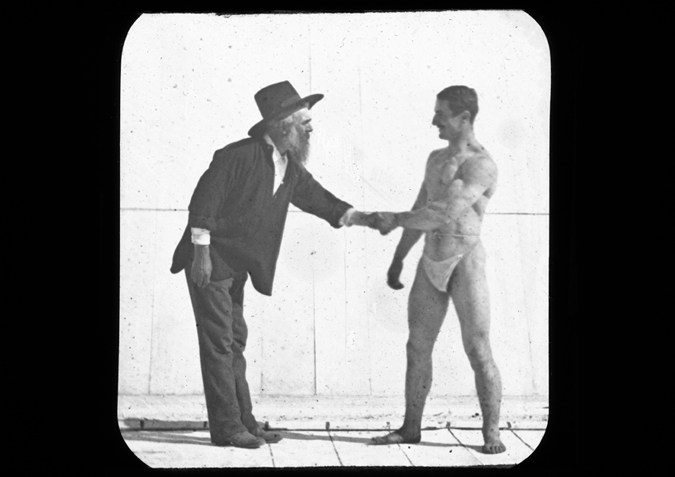
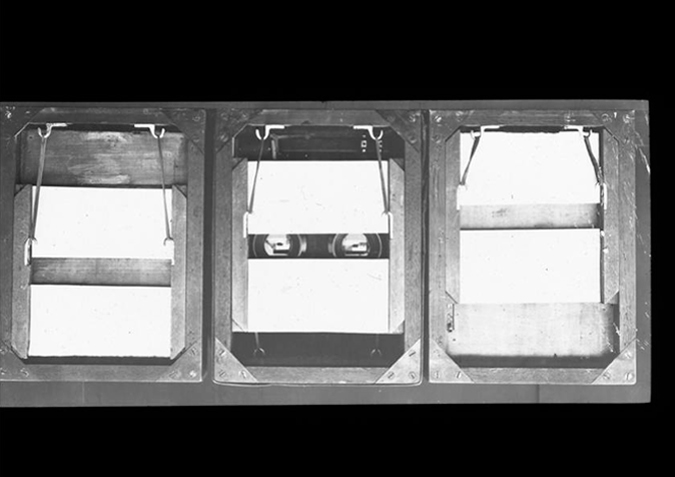
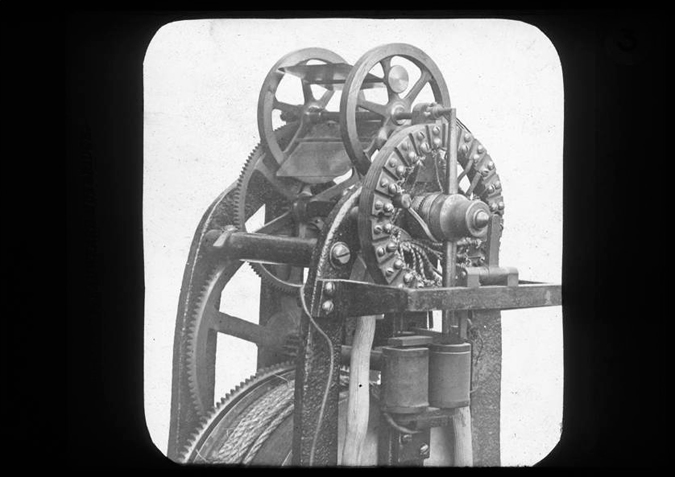
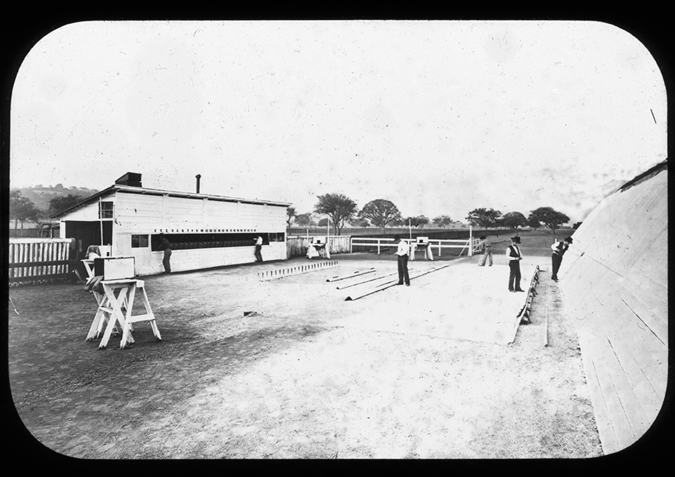
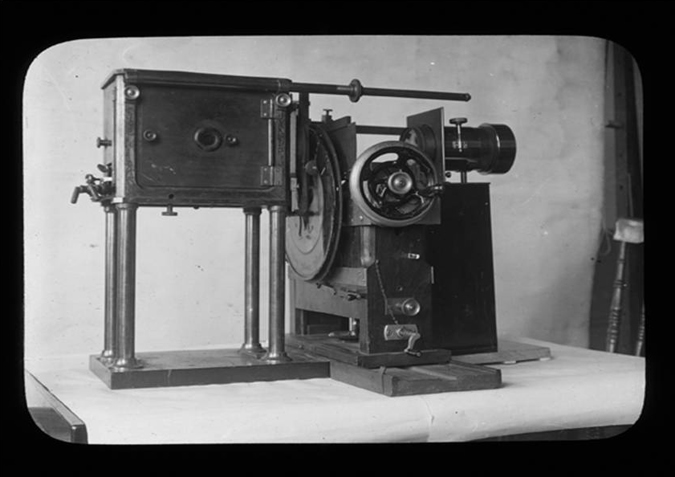
 Introducing Muybridge
Introducing Muybridge Landscape
Landscape The Modern City
The Modern City Transport and Trade
Transport and Trade Foreign Bodies
Foreign Bodies Animal in Motion
Animal in Motion Human Figure in Motion
Human Figure in Motion Zoöpraxography
Zoöpraxography